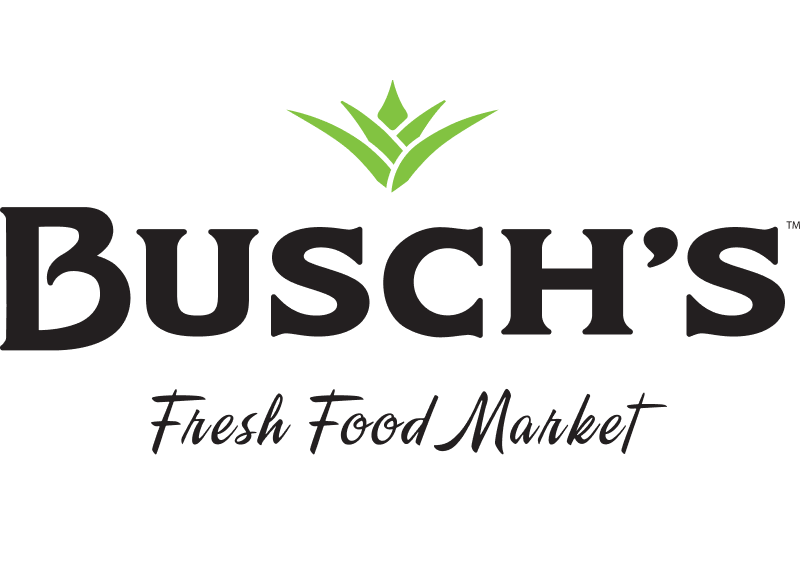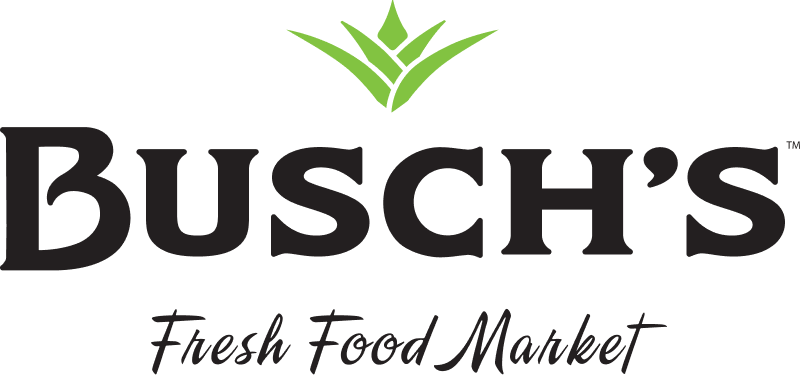Food Allergies: How to Protect Yourself
Chances are that you or someone you know has a food allergy. It is estimated that 12 million Americans are affected by a food allergy, with the most common culprits being peanuts, tree nuts, fish, shellfish, milk, eggs, soy and wheat.
Food allergy is an immune response where the body mistakes an ingredient to be harmful and consequently launches an attack to remove it. The attack can range from mild itching and swelling to severe chest pain and anaphylaxis.
Food intolerance is a digestive response that occurs when a person has difficulty digesting or breaking down a specific food. It includes symptoms such as nausea, stomach pain and cramping.
Food allergies can affect anyone regardless of age, gender or ethnicity. Since there is no cure for a food allergy, prevention is the best way to protect your health or the health of someone close to you.
Whether an individual has a mild allergic response or one that is severe requiring immediate medical attention, anyone with a food allergy should take precautionary steps to avoid having a reaction to known allergens.
First, know what foods trigger an allergic reaction. Following an elimination diet or undergoing medical testing can confirm a food allergy. Remember to carefully read food labels, including the manufacturing processes. When dining out, check with your server or restaurant manager to learn how the meal was prepared and what ingredients were used in the cooking process. Also, always carry an epinephrine treatment and an allergy card with you.
Lastly, find support and knowledge from those around you, including organizations, health practitioners, and family and school members.
While food allergies can affect what you eat, they don’t have to take away your enjoyment of food. In fact, there are a growing number of food manufacturers that have created a host of products offering safe and tasty solutions. You can now have an egg-less and wheat-free chocolate cake and eat it, too!

